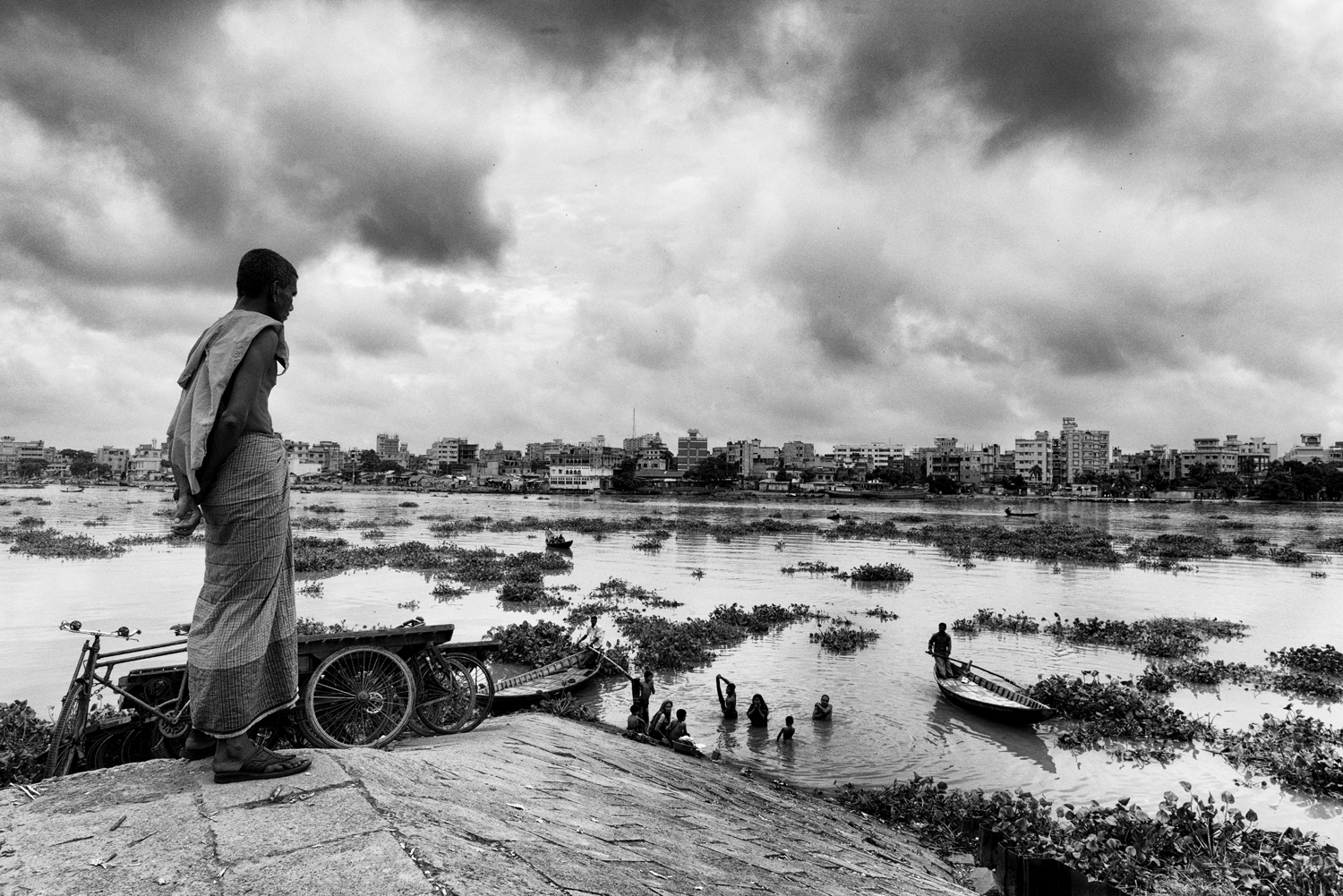
Springing from the banks of the Buriganga River, Dhaka, the capital of Bangladesh, is a burgeoning megacity. Already one of the biggest and most densely populated cities in the world, Dhaka is also among the fastest growing. The teeming metropolis — like so many ancient cities — initially flourished in large part because of its proximity to a great river; the Buriganga’s countless boats and launches provided easy access to other parts of India, making Dhaka a prime location for trade. The Buriganga was also, at one time, the city’s primary source of drinking water.
Today, the river is terribly toxic; the Bangladesh government estimates that about 21,000 cubic meters of untreated industrial sewage is released into its waters every day. According to Human Rights Watch, residents in neighboring slums regularly suffer from fevers, skin diseases, respiratory problems, and diarrhea. The dire contrast between what the river once was — a literally life-giving force — and what it has become caught the attention of Italian-born photojournalist Ugo Borga.
Borga came across Human Rights Watch’s October 2012 report, Toxic Tanneries, which details the health and safety crisis among tannery workers in Bangladesh. The report also notes that tannery wastewater contaminates the Buriganga with animal flesh, sulfuric acid, chromium, and lead. The photographer then spent two months researching the region before embarking on a 20-day trip to Bangladesh. As part of a still-ongoing project started in September 2013, Living on the Death River, Borga photographed and interviewed workers and people living near the Buriganga, chronicling the human and environmental catastrophe unfolding there.
In his statement about Living on the Death River, Borga quotes Jamil Sharif, activist and founder of Buriganga River Keeper: “Buriganga gave life to Dhaka,” Sharif says, “and Dhaka killed it.”
Ugo Borga is a photographer represented by Echo photo agency.
Sara Distin is a writer and editor based in Boulder, CO, and Brooklyn, NY. Follow her on Twitter @sldistin.

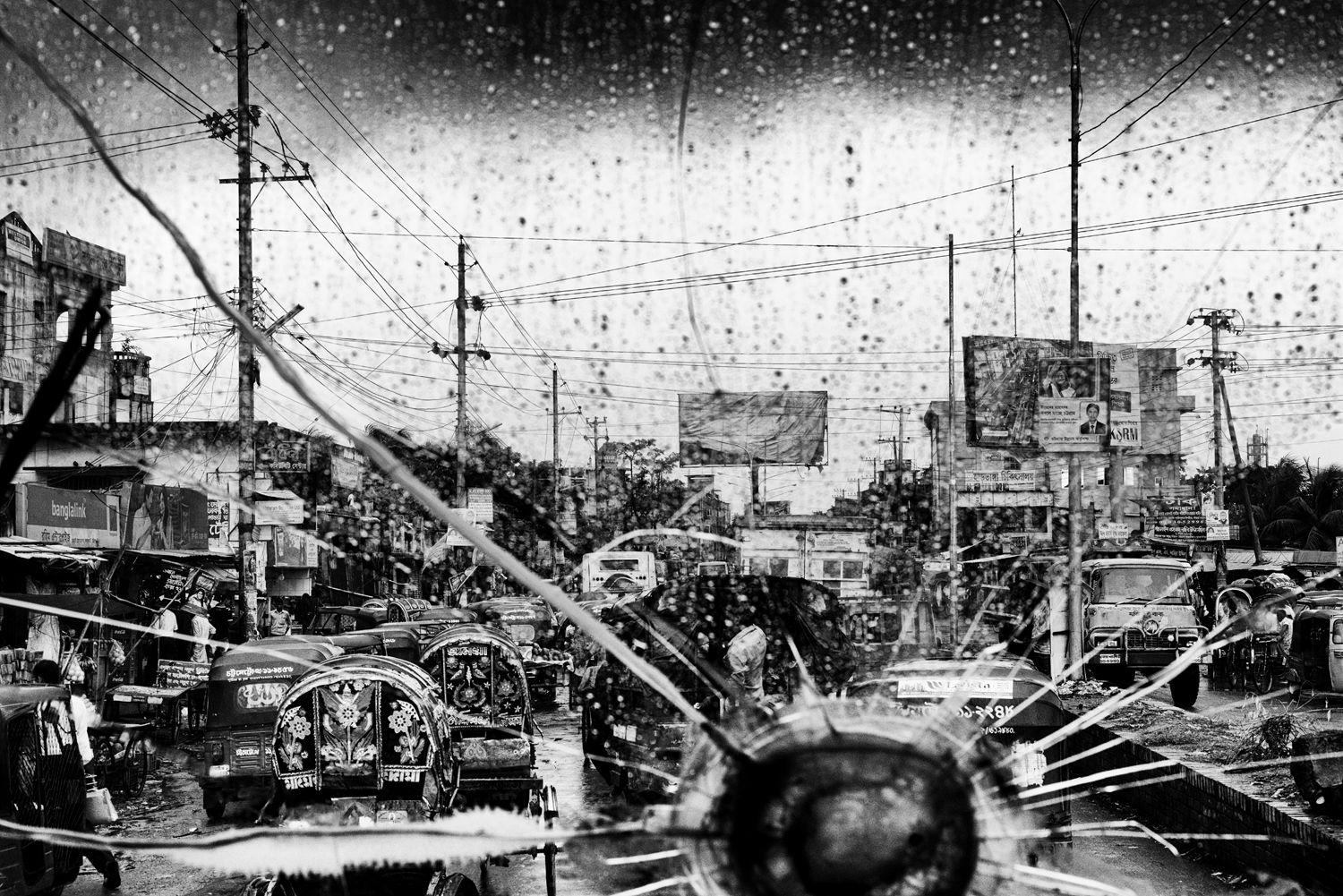
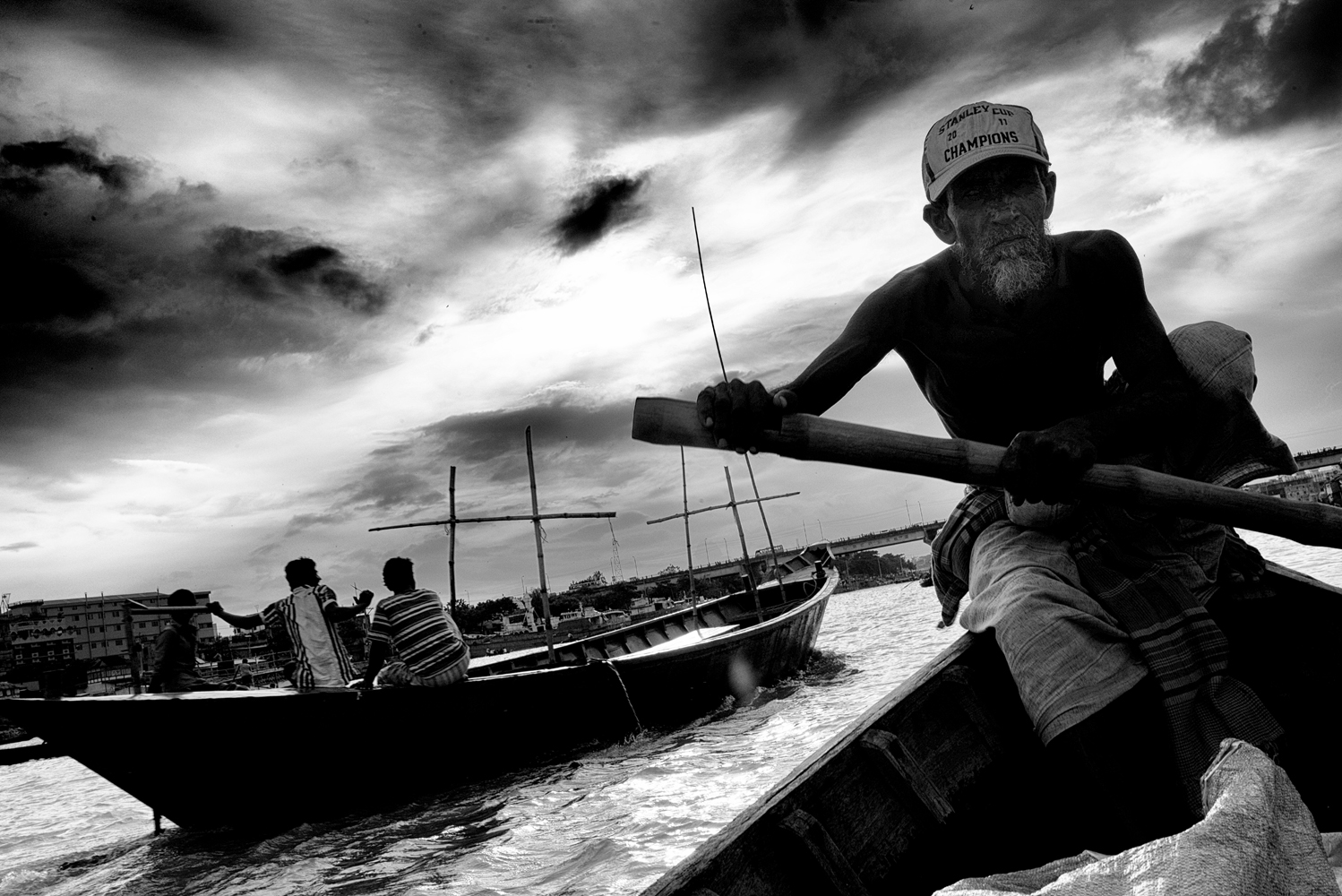


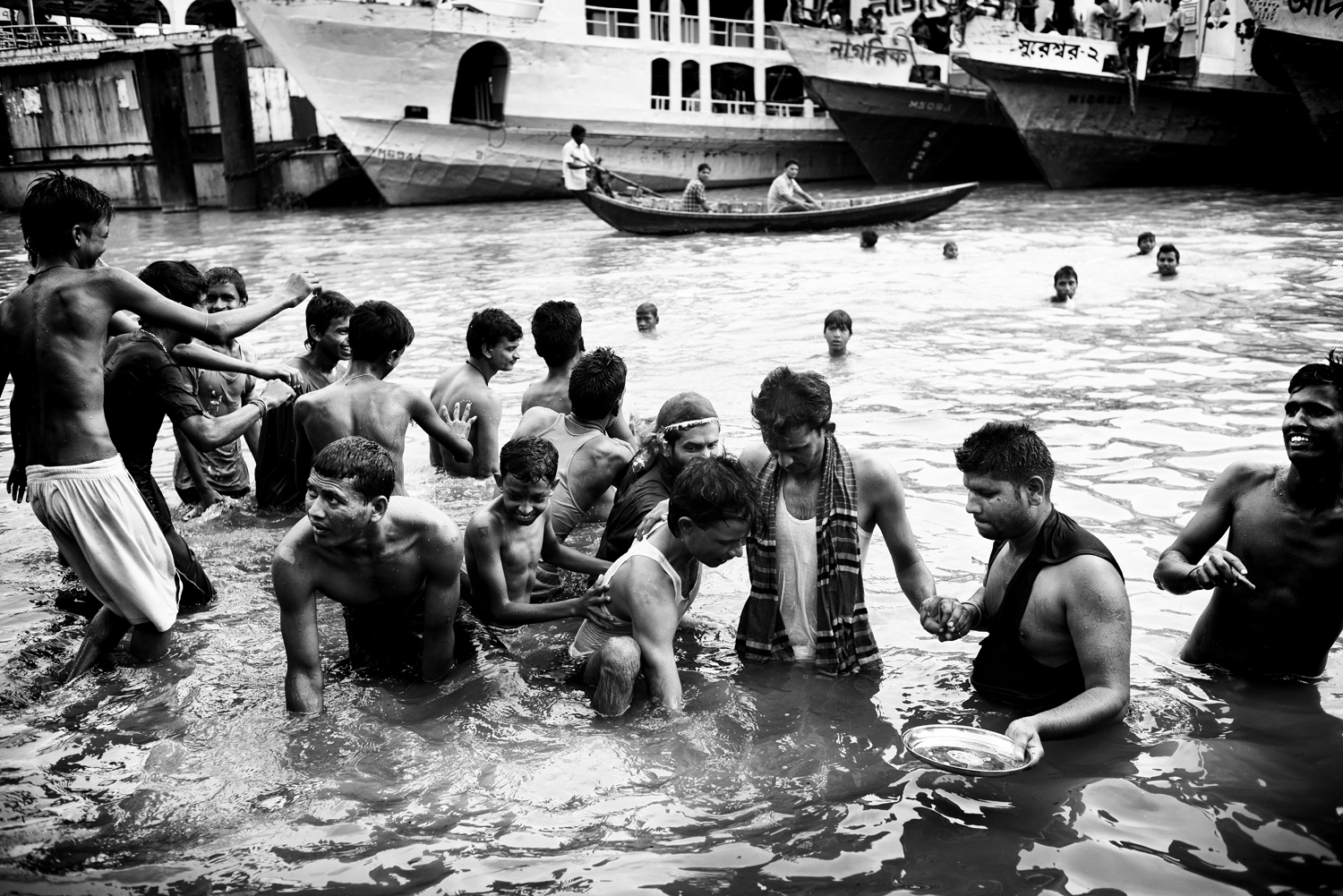


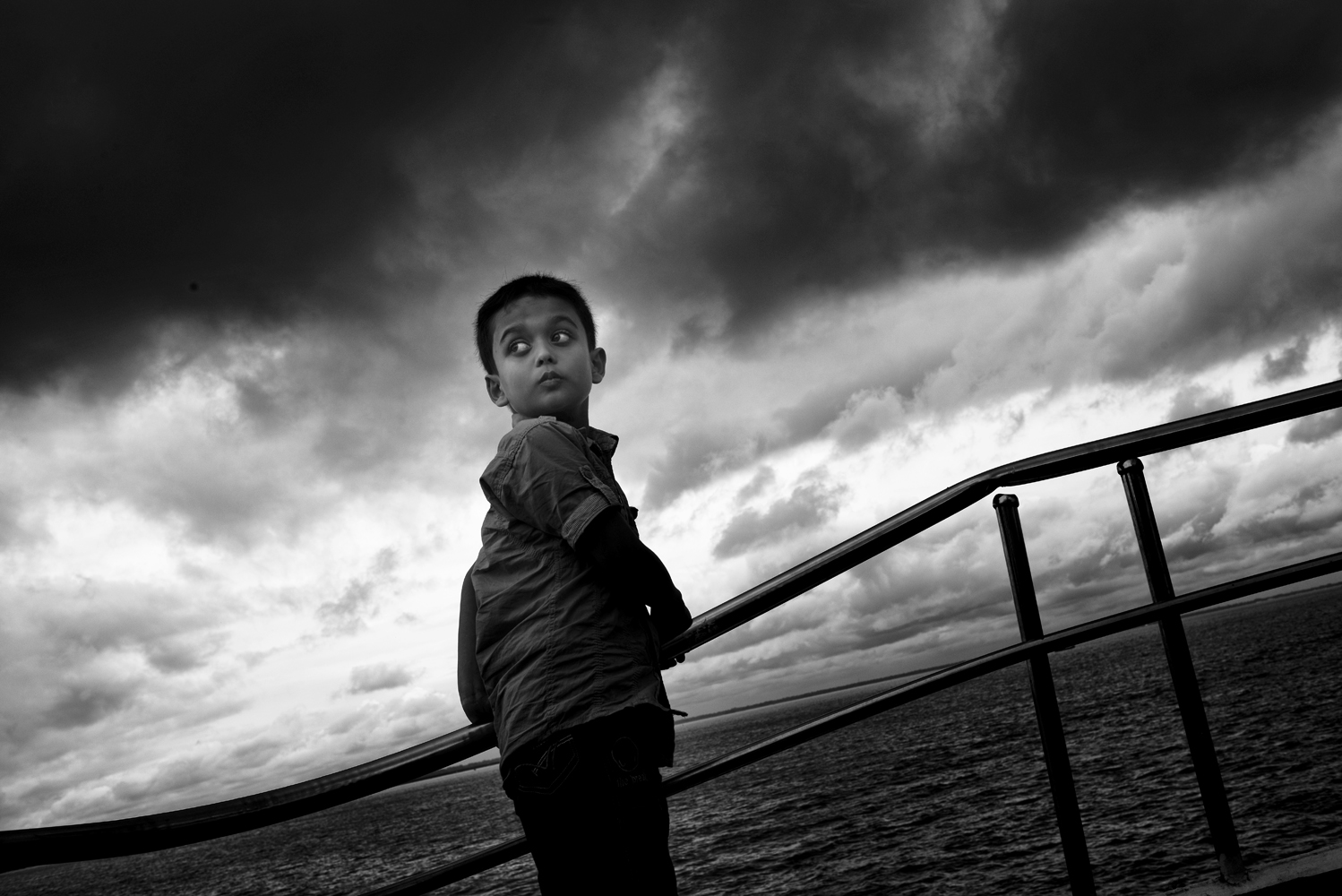
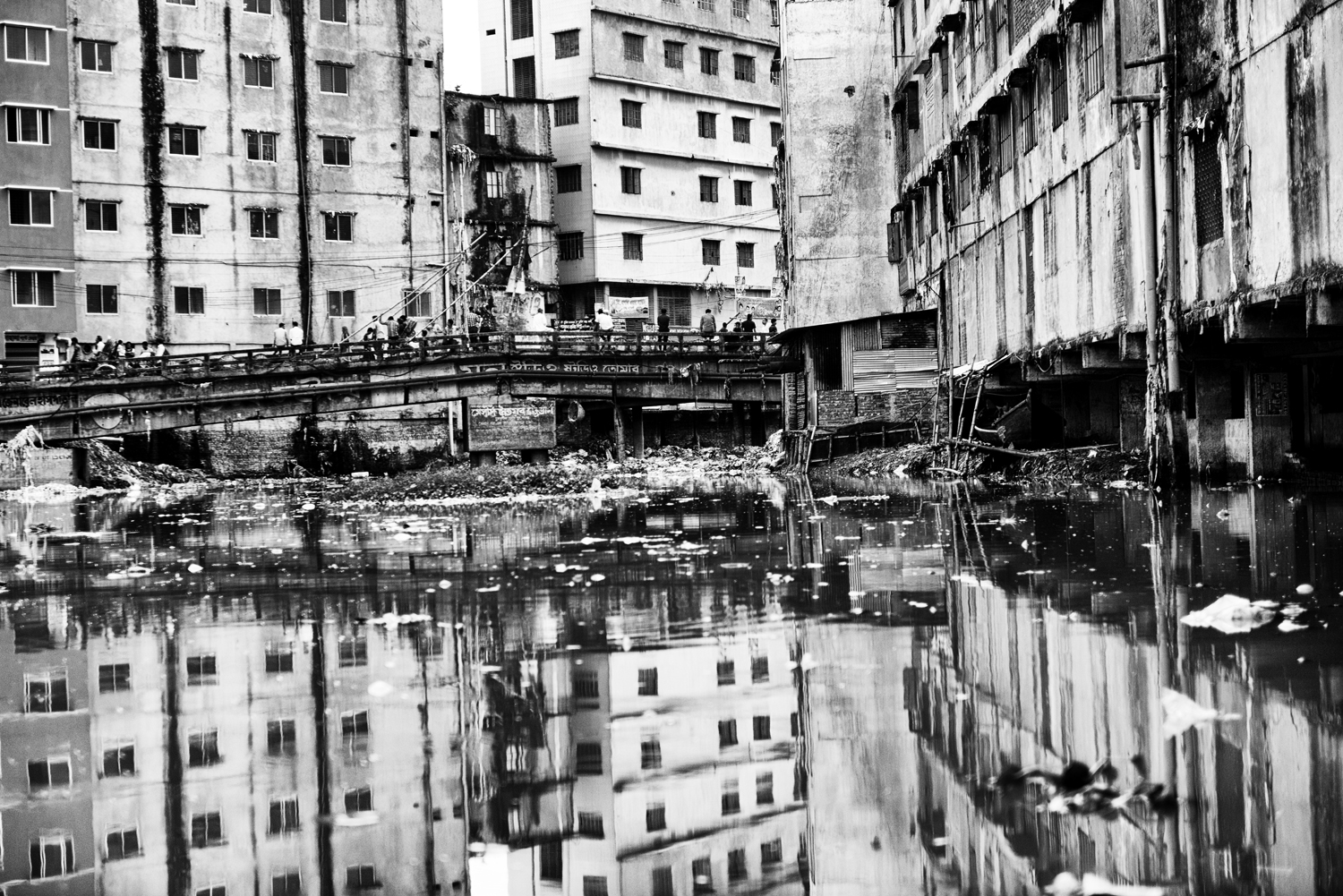

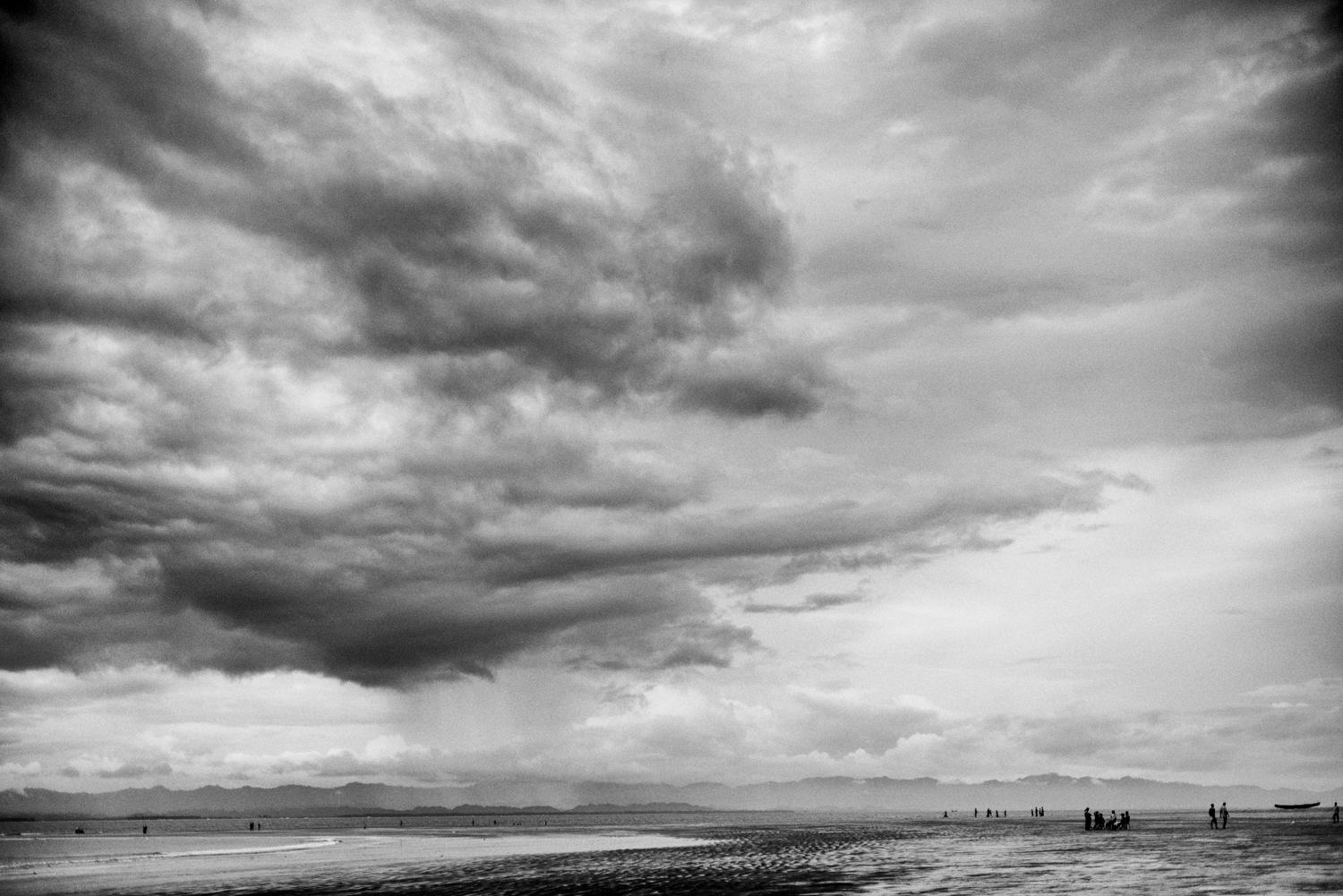
More Must-Reads from TIME
- Cybersecurity Experts Are Sounding the Alarm on DOGE
- Meet the 2025 Women of the Year
- The Harsh Truth About Disability Inclusion
- Why Do More Young Adults Have Cancer?
- Colman Domingo Leads With Radical Love
- How to Get Better at Doing Things Alone
- Michelle Zauner Stares Down the Darkness
Contact us at letters@time.com